Are you looking for the perfect soil to help your garden thrive? Clay garden soils may be the answer you're looking for! Clay soils are rich in nutrients and help to retain moisture, making them an excellent choice for any garden. In this article, we'll explore the benefits of clay garden soils, the different types available, and how to incorporate them into your gardening plan. We'll also discuss the best ways to amend and care for clay garden soils so you can get the most out of them. So, if you're ready to learn more about clay garden soils, read on!Clay garden soils are made up of particles that are much smaller than those found in other soil types, such as sand or silt.
This makes them extremely dense and able to hold more water and nutrients than other soils. The small particles also create channels through which air and water can easily move. This leads to better drainage and improved soil health. Clay soils can also help retain heat, which can be beneficial in cold climates. Another advantage of clay garden soils is their ability to hold onto nutrients.
Clay particles have a negative charge, which attracts positively charged nutrients such as nitrogen and phosphorus. This helps to keep these important nutrients in the soil and available for plants to use. Clay garden soils can be used in a variety of ways in the garden. They can be used as a topdressing to improve drainage, or they can be mixed with other soil types to improve texture and structure. They can also be used to amend existing soil by mixing it into the existing soil.
This can help improve the drainage and nutrient retention of the existing soil. When using clay garden soils, it's important to remember that they are very dense and can become compacted if not handled properly. To avoid this, it's important to loosen the soil before planting or adding amendments. A shovel or tiller can be used to break up the clay and create channels for air and water movement. It's also important to add organic matter when using clay garden soils, as this will help improve drainage and nutrient retention.
Organic matter will also help encourage beneficial microbial activity in the soil, which will help plants absorb nutrients more efficiently. Finally, it's important to adjust the pH of clay garden soils as needed. Clay soils tend to have a higher pH than other soil types, so it may be necessary to add sulfur or other amendments to reduce the pH. This will ensure that plants are able to access all of the nutrients in the soil. Overall, clay garden soils can be a great choice for gardeners who want improved drainage and better nutrient retention in their gardens. With proper care and maintenance, clay soils can help create a thriving garden that produces abundant yields.
Benefits of Clay Garden Soils
Clay garden soils provide a number of benefits to gardeners, making them an ideal choice for improving drainage, nutrient retention, and microbial activity.Clay garden soils are able to absorb and retain more water than sandy soils, allowing them to better support healthy plant growth. In addition, clay particles are much finer than sand particles, allowing them to retain nutrients longer, reducing the need for frequent fertilization. Finally, clay soils are excellent at providing a hospitable environment for beneficial microorganisms, which can help build strong root systems and promote healthy soil. Clay garden soils also provide better aeration than sandy soils, allowing roots to spread out and access oxygen more easily. This improved aeration can help reduce the risk of root rot and other diseases caused by poor air circulation.
Clay soils also have better cation exchange capacity, which means they can absorb and release more nutrients as needed. This allows plants to access the nutrients they need for growth and helps reduce nutrient runoff from the soil. Overall, clay garden soils are an excellent choice for gardeners looking to improve drainage, nutrient retention, and microbial activity in their gardens. They can provide better aeration and improved cation exchange capacity, allowing plants to access the nutrients they need for healthy growth. Clay soils also provide a hospitable environment for beneficial microorganisms, helping to build strong root systems and promote soil health.
How to Use Clay Garden Soils
Clay garden soils can be used in a variety of ways, depending on the needs of your garden.They can be used as a topdressing, mixed with other soil types, or added as an amendment to existing soil. As a topdressing, clay garden soils can be spread over the surface of the soil in your garden. This helps to improve drainage and soil structure. It also helps to reduce compaction, which can lead to better root growth and healthier plants. Mixing clay garden soils with other soil types can help to create a more balanced mix that helps improve drainage and soil structure. Adding clay garden soils as an amendment to existing soil can also help to improve drainage and soil structure.
This is especially true if your soil is sandy or has a high clay content. When using clay garden soils, it is important to remember that they are heavier than other types of soil. This means they should be mixed thoroughly before being applied to the garden bed. It is also important to remember that clay garden soils should not be used in areas where water drains quickly, as this could cause them to become too hard and compacted. When applying clay garden soils, it is best to start by adding a small amount and increasing the amount gradually. This will help ensure that the soil does not become too hard or compacted.
Additionally, it is important to water the soil thoroughly after adding the clay garden soils, as this will help them break down more effectively.
Tips for Using Clay Garden Soils
When using clay garden soils, it's important to remember to loosen the soil before planting or adding amendments, add organic matter, and adjust the pH as needed. Loosening the soil improves drainage and allows plants to develop healthy root systems. Adding organic matter helps improve the soil structure and provides essential nutrients for the plants. Adjusting the pH helps ensure that plants can access the nutrients available in the soil.When planting in clay garden soil, it's important to prepare the area correctly. This includes digging a hole that is twice as wide as the root ball of the plant. This helps ensure that there is enough room for the roots to spread out and grow without becoming cramped. It also helps to break up any clumps of soil before planting to promote better drainage and aeration. Once the planting area is prepared, it's important to add amendments such as compost or manure to help improve the soil structure.
This is especially important for clay soils, as they tend to be very dense and can become compacted easily. Adding amendments helps reduce compaction and improve drainage. It also helps to increase the amount of organic matter in the soil which is beneficial for plant growth. Finally, it's important to adjust the pH of clay garden soils if necessary. Most plants prefer slightly acidic soils with a pH of 6-7.If your soil has a pH outside this range, adding amendments such as lime or sulfur can help bring it back within an acceptable range. Clay garden soils offer many benefits for gardeners, including improved drainage, nutrient retention, and a thriving garden with abundant yields.
To make the most of clay garden soils, be sure to properly prepare the soil before planting, use organic matter to improve drainage and aeration, and regularly monitor moisture levels. With the right combination of care and maintenance, clay garden soils can be a great choice for any gardener.
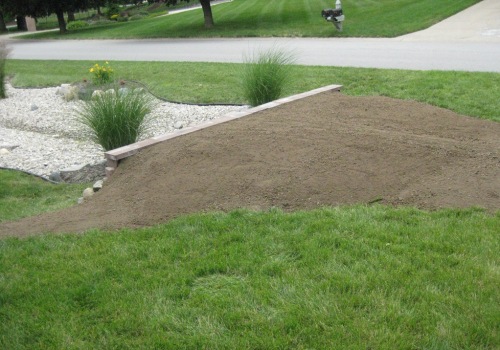
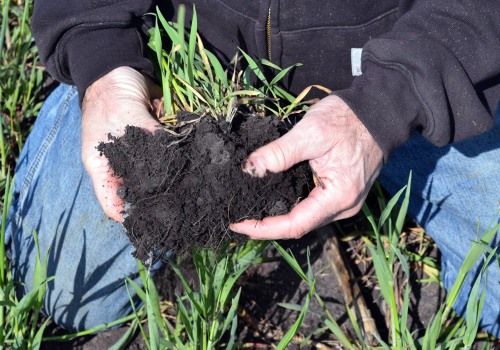
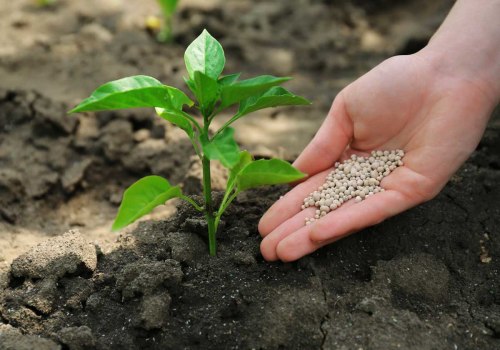
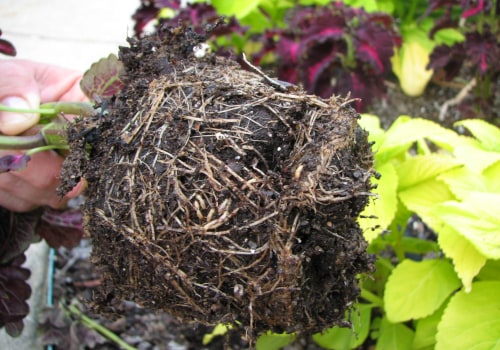
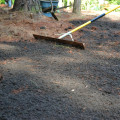


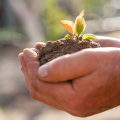



Leave a Comment